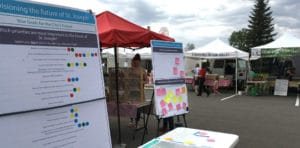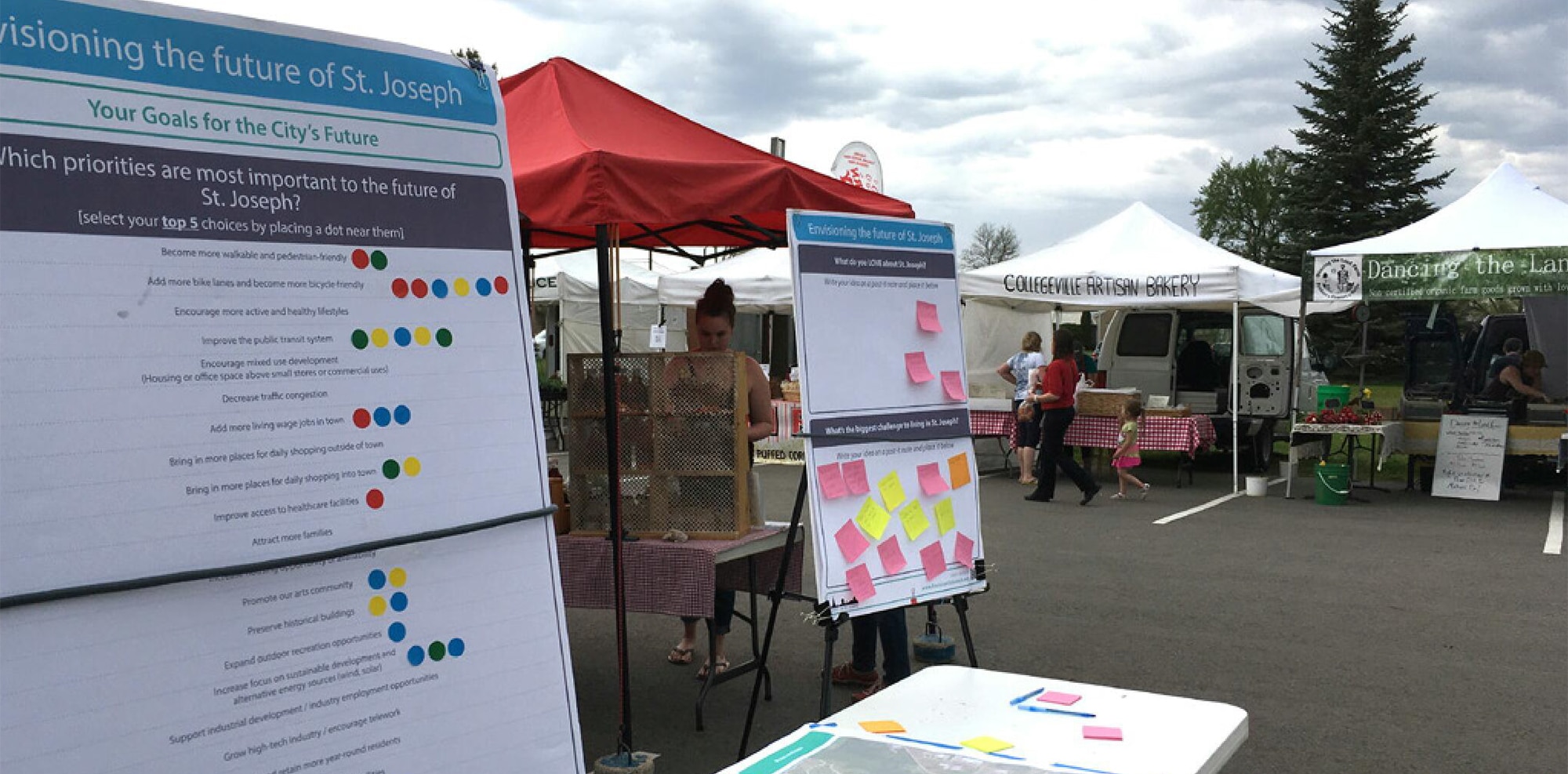by Mike Knaak
editor@thenewsleaders.com
The St. Joseph Planning Commission will discuss and possibly adopt the latest version of the city’s comprehensive plan at a 6 p.m. meeting Monday, Aug. 27 at the Government Center.
If the planning commission adopts the plan, it will move on to the City Council for approval.
The plan was on the agenda for the commission’s Aug. 13 meeting but the board lacked a quorum so no action could be taken.
The new plan, if approved, would replace one from 2008.
Following a public hearing on June 11, the commission directed the staff and consultant to address issues raised at the hearing.
In response, the community profile section on history, housing, income and education was updated.
Clemens Library under the community facilities and utilities section was added.
The draft changed the priority of exploring extension of St. Cloud Metro Bus service to high.
A section, Community Engagement, Participation and Communication was added to address comments made on community outreach and communication.
The 188-page report is available here.
The plan notes approximately 700 people interacted with the process to develop the plan – including about 300 people who participated at in-person activities and meetings, as well as about 300 people who participated through the plan’s online survey and about 500 visitors who downloaded information about the plan.
The plan concluded St. Joseph’s residents value the downtown core, the vibrant arts community, welcoming public space, and education and knowledge resources. Residents want the city to maintain its “small-town” atmosphere.
Between 2017 and 2040, the city is expected to grow by approximately 2,580 people (an increase of almost 40 percent) for a total population of about 9,450 people.
To accommodate the projected population growth, the plan suggests housing will need to be available for differing income levels and needs to offer multi-family and single-family units.
Participants in the outreach sessions ranked increasing housing availability and strengthening the downtown as priorities along with attracting well-paying jobs and offering more transportation and recreational resources.
The report provides a detailed look at a number of statistics that shape the community.
Those statistics include:
• Median household income in 2015 was $51,265, which was lower than Stearns County ($56,336) and Minnesota ($61,492). The city’s median household income decreased from 2010, when it was $57,548; this could be attributed to a change in college student population or annexation.
• St. Joseph’s poverty level at 29.8 percent was higher than surrounding areas: Sartell 3.7 percent; Waite Park 20.9 percent; Sauk Rapids 21.5 percent; and St. Cloud 23.0 percent.
• 35 percent of the city’s 25-and-older population holds a bachelor’s degree or higher compared with 26 percent for Stearns County.
• St. Joseph has a higher percentage of households with children than Stearns County, St. Joseph Township and the surrounding cities of Waite Park and St. Cloud.
• The top five employers in St. Joseph are College of St. Benedict/St. John’ s University Private College (780), Coborns (125), Kennedy Community School (100), Central Minnesota Credit Union (63) and McDonald’s (54).
• Approximately 90 percent of working St. Joseph residents are employed outside the city with about 37 percent commuting to St. Cloud.

Comprehensive plan research includes pop-surveys at places such as the St. Joseph Farmers’ Market.




